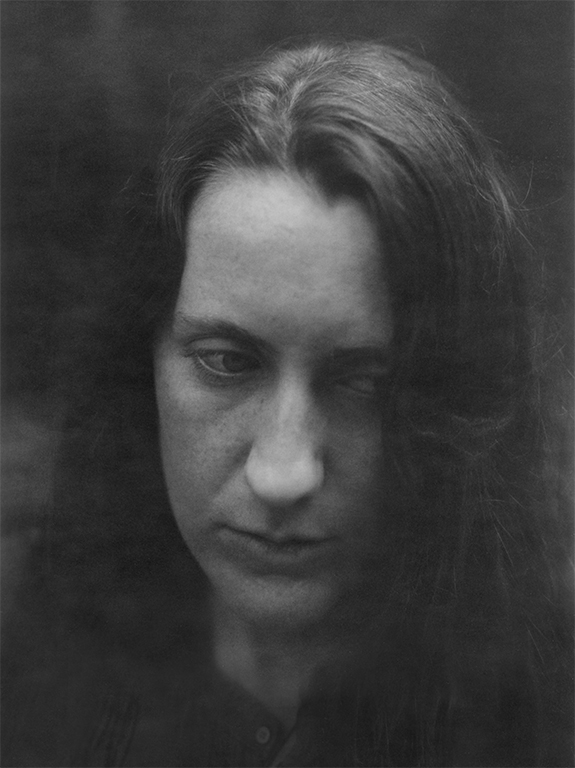
I never have a hard time writing.
It’s true.
It must be muscle memory, as words normally flow from my brain to my fingers, like wet snow dropping from a gray sky.
Then, we get to this time of year, when the days are shorter, the light is less intense, and the column gets more difficult.
Especially as I’m spent, having just finished a run of 8 big trips in 8 months.
It ended a few days ago, when we returned from a family Bar Mitzvah in Boulder. (Partying with the same extended family for the third time this year.)
It was both exhausting and perfunctory, which is an odd combination.
(And if my cousins are reading this, apologies, you threw a great shindig.)
Rather, the joy and surprise of such family reunion-type-events lie in the typical time-gap between them: people change, and have new stories to tell.
By the third get-together in a year, it’s only natural that people have run through their prime “life-story” material, and the conversations get a bit stale.
What I found, though, is that it’s not always the big, dramatic moments that burn their way into memory. Or that are even the most pleasurable, necessarily.
I told my kids about, and then actively noticed, the random, seemingly-meaningless-in-between moments that can come to feel important in a family bonding narrative.
Like the time we were sprinting though an underground parking garage, the four of us, desperate not to be late for (always boring) Temple, and I heard our shoes clicking on the concrete as I looked at my daughter and smiled.
Or the four of us huddled over a few plates of Thai noodles, sucking up the city-food-goodness, while the mountains and shopping malls of Boulder looked on beyond the fifth floor, hotel windows.
It’s not always the glamour, I’ve found, that pulls us out of our respective reveries, and helps us revel in the moment.
Right now, I’m actually thinking of a perfect moment in Chicago, back in September, when I visited for the Filter Photo Festival.
If you’ve been reading this year, you know I used food, architecture, and travel as methods of inspiration, rather than just photographs, paintings and sculptures.
As an artist, I’ve done more writing, drawing and installation work lately than I have photography.
(Each step in our creative journey is different, and things change over time.)
But rather than repeating my old patterns in Chicago, (as I discussed last week,) I went to Pilsen to have a Kung Fu lesson with a great teacher in town.
It took two subway trains and a bus to get there, and wouldn’t you know, but that’s where one of those little moments managed to find me.
On the bus heading North.
I was late, (again,) but this time, I’d texted Sifu to give him a heads up, and I was assured it was no drama. (So I settled in for the ride.)
By the time I got to that bus, though, I was ready to be there.
It wasn’t a long journey, only a mile, and I’d normally walk, but again, I was late, and didn’t know where I was going.
So after the third or fourth bus stop in a row, I was properly impatient, and must have had a sour look on my face.
Then the fifth stop was the doozy.
An elderly Latino man got on the bus, walking very slowly. He had on a dapper hat, (not a fedora, more short and peaked,) a sharp outfit, and these glittery, oversized sunglasses.
(If Elton John had ever looked as good in his sunglasses as this guy did, I’d be surprised.)
I noticed him immediately, and then time stopped.
Literally.
Because the man had his bus ticket in his wallet, in his back pocket, but he couldn’t get it out to save his life.
I watched as his hand slowly tried to work the wallet back and forth, bit by bit hoping it would slide out from its overstuffed home.
He stood there, motionless, but for the little bit his arm and hand moved, as they fruitlessly tried to access his bus pass.
30 seconds went by.
Then a minute.
I was transfixed.
90 seconds, and finally he had progress.
The last bit was easier than you might think, he paid his fare, then came and sat down near me.
It was like I was in the presence of a proper showman, a rock star from a previous era, and I’d watched him in a mini-life movie, right there on the bus in Chicago.
I tell you this story, today, while I’m fighting off the winter blues, because as much as I’m thrilled to be facing a 4 month travel break, to recharge and restore…sometimes we do need to get out of our own little worlds to realize how big it is out there.
In the best case, art can help us do that too.
It’s the reason people like these portfolio review articles, I think, because it allows you to see so many different viewpoints and perspectives in each piece.
And at every festival I go to, the range of photographic work I see is as broad as Lake Michigan.
So here were are, speak of the devil, in Part 2 of “The Best Work I Saw at the Filter Photo Festival.”
As usual, the artists are in no particular order.
We’ll begin today with one of my favorite Chicago photographers, Yvette Marie Dostatni. We met at a festival a few years ago, and I loved her quirky, funny, and definitely absurd series, “The Conventioneers,” which I wrote about at the time.
Yvette and I stayed in touch, and I admit I’m a big fan of her work. But when I saw her at Photolucida this past Spring, I didn’t love some of what she showed me, and gave her a tough critique.
In the follow up, Yvette told me about a project she’d done visiting Indiana, where her family comes from, which she thought I might like.
(Boy, did I.)
As I didn’t get to feature Yvette in my Portland series, and she’s both Chicago through-and-through, and a former Filter participant, I thought it would be perfect to include her in this series.
I admired Thomas Brasch’s intention in his work immediately, as he described his desire to make healing, positive work out of terrorism against humanity.
Not an easy goal, to be sure.
He described an intensive digital process through which photographs taken at or near the scene of mass shootings were digitally manipulated into mandala-like creations.
I liked some more than others, but as I got to look at them consecutively, I got a sense of the good juju coming off of them. I’m actually showing a large selection below, because it creates a pretty cool sensation.
Thomas and I had a great chat about how such restrictions, (on process and form/shape,) which originally inspire us, eventually can be constraining, so it’s good to stay fluid.
Like Margaret LeJeune last week, I had one of “those” chats with Nina Riggio. The one where I explain why I think one project falls short, only to have the artist show me, with the next series in the box, that they had it all sorted already.
In Nina’s case, she had a documentary photo project about some Venus flytrap poachers in North Carolina that felt very “parachute journalism” to me, despite her passion.
I asked about things more personal, or connected to her life experience, and she brought out these images of Tesla factory workers who live in their vehicles.
As Nina had already told me she is based in a van, the intersection was powerful. I’ve written a lot about the West Coast, (and perhaps American) homelessness epidemic, and this is a really intriguing, poignant and visceral way to convey a part of the story.
Next, we’ve got Ruth Lauer Manenti, from the Catskills in NY, whom I met early on the first day of the festival. Ruth is a great example of what I wrote earlier, as she told me she was trained in painting and drawing, but had come to photography when she inherited an old large format camera.
Much as I’m currently using my photo skills to learn how to draw, (seeing is seeing,) Ruth figured out her own way of communicating photographically.
It’s spare, Zen, and very, very beautiful.
Love it!
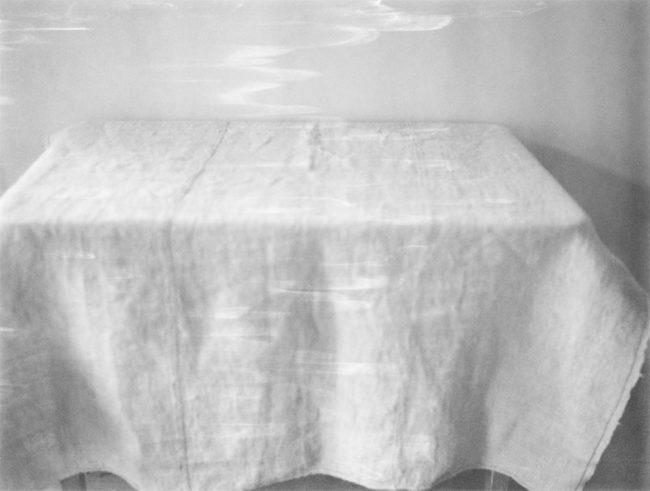
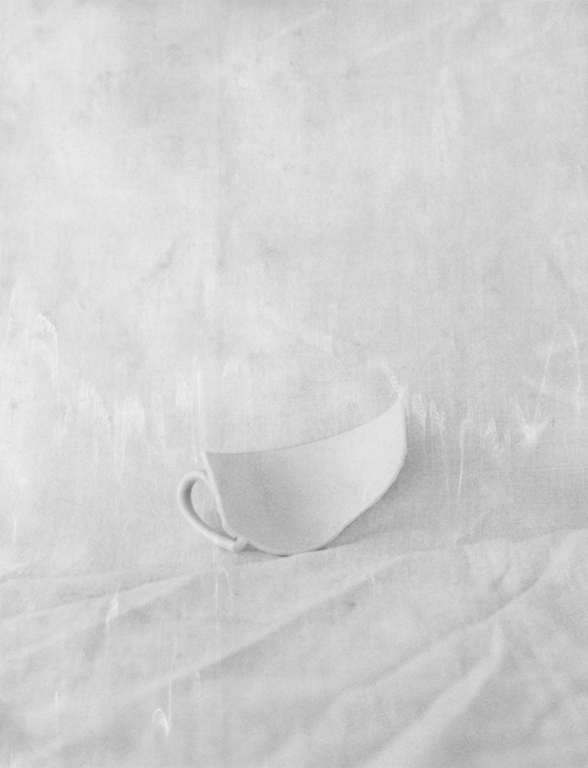


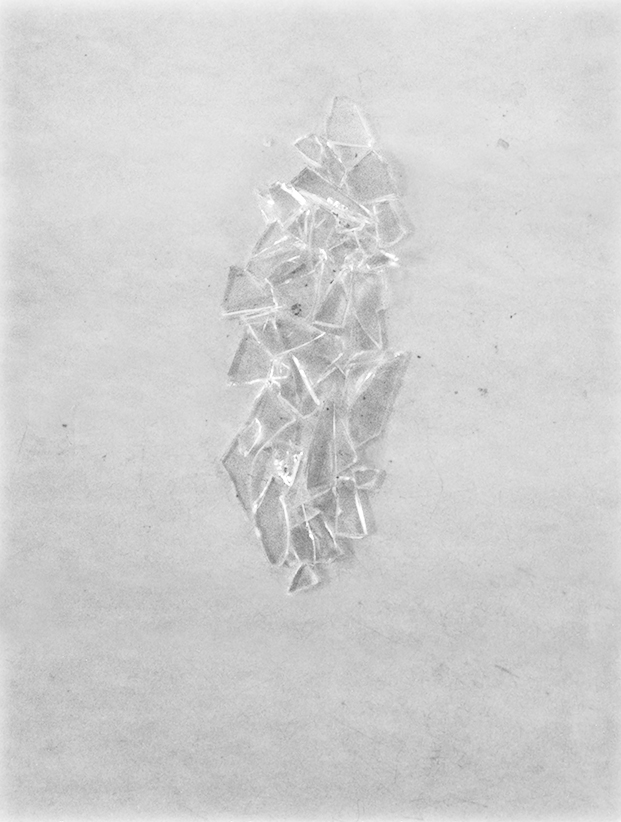



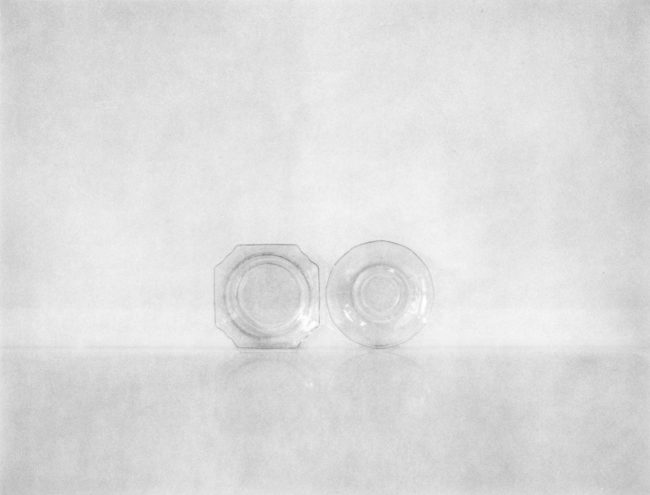
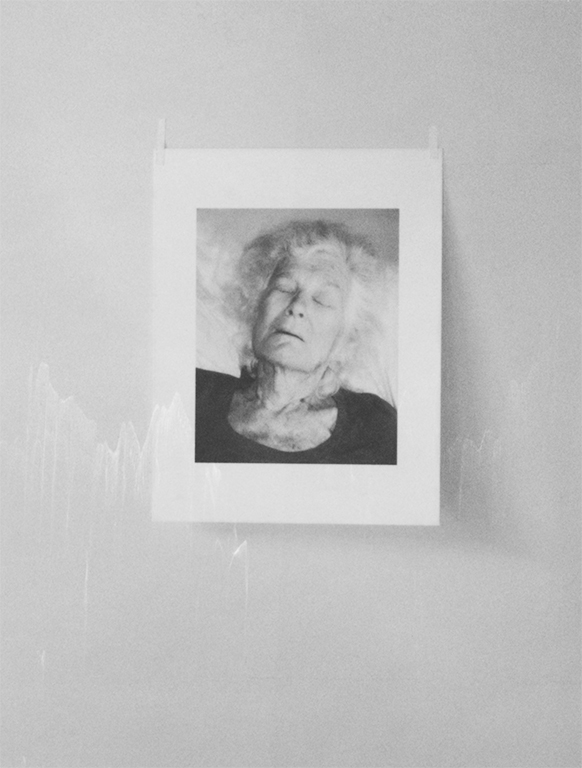

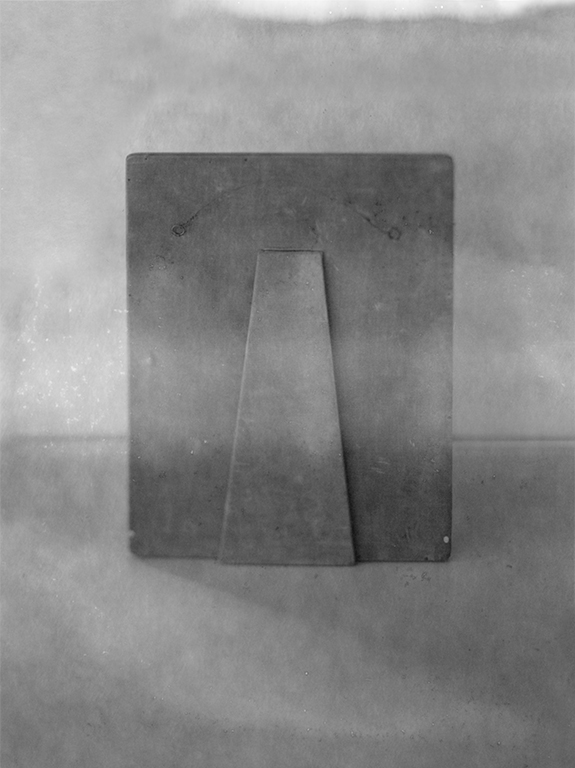

Sam Scoggins is back in the column, as likely the first person to be featured twice, with different work, from two different festivals in the same year.
(Quite the achievement, if you think about it.)
After Photolucida, I published Sam’s black and white documentary photographs of Upstate NY night time party creatures. Then, he went on to have success with a artificial, digital landscape project.
But in Chicago, I noted him toting around a huge box of prints, but couldn’t see what they were. During the portfolio walk on Saturday night, based on their size and the edges that stuck out, I found that Sam had also been working on a cyanotype series as well.
Talk about prolific!
There are two groups, featuring endangered native species toned in oil, and then an invasive species bunch as well, all from near his home.
What a talented guy.


Finally, we have Sarah Pfohl, who is a photo professor in Indianapolis.
Sara told me that she was working on a very a personal documentary series on her family’s property in Upstate New York, as she did not expect to ever inherit it.
For her, the place represented home, but Sara felt there was limited amount of time that she’d be able to access it, and those feelings.
So her work amounted to memory-creation and capture, but also a quiet elegy to the death of her childhood, in a way. It’s a sad place to leave you, today, but then again, it’s November, with all the sad light.
See you next week!

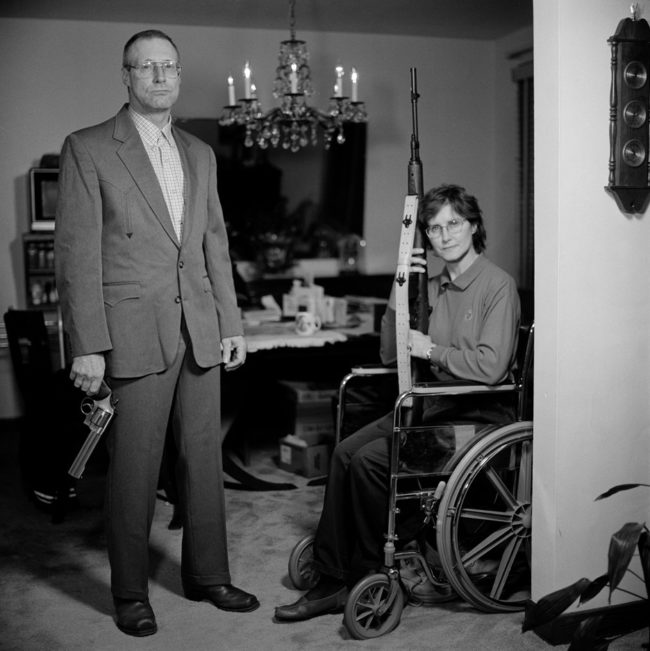
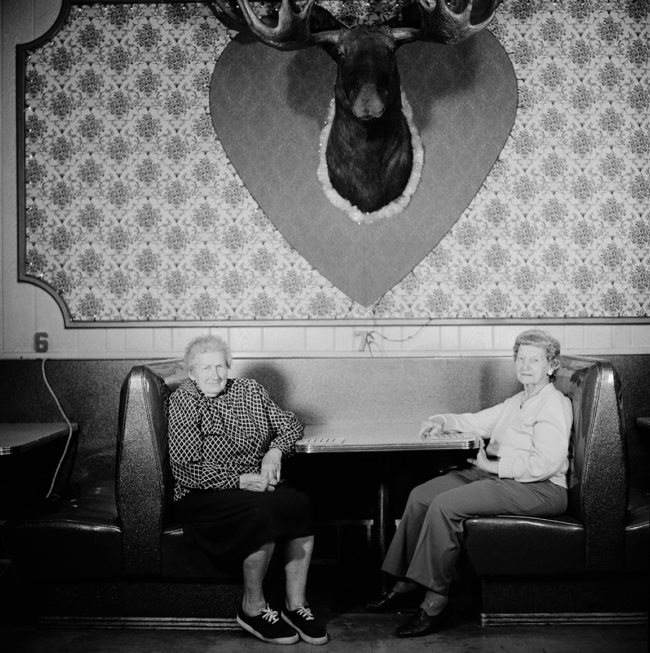
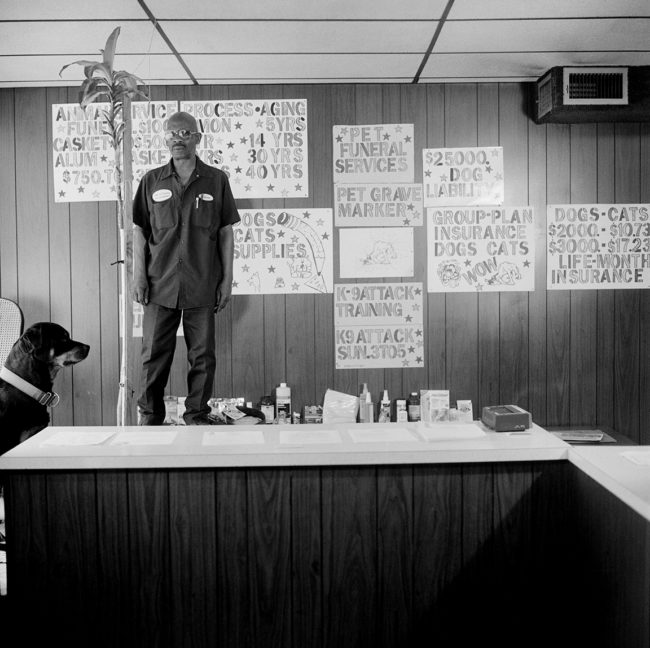

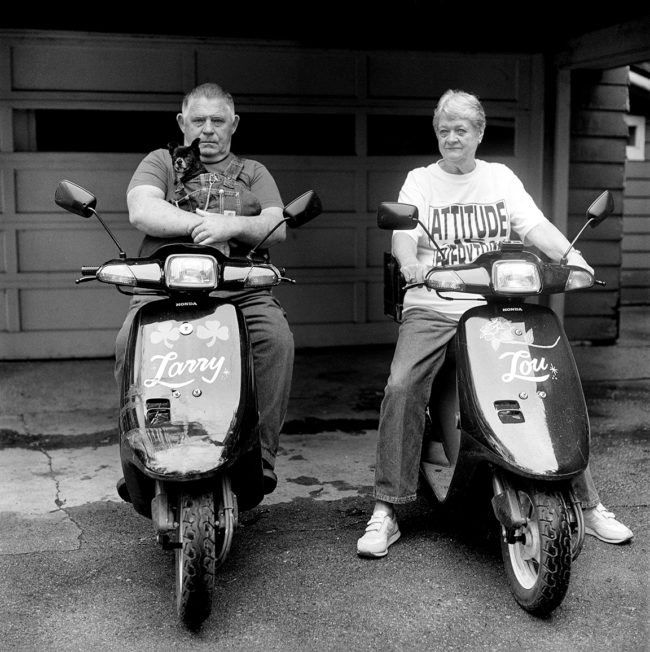
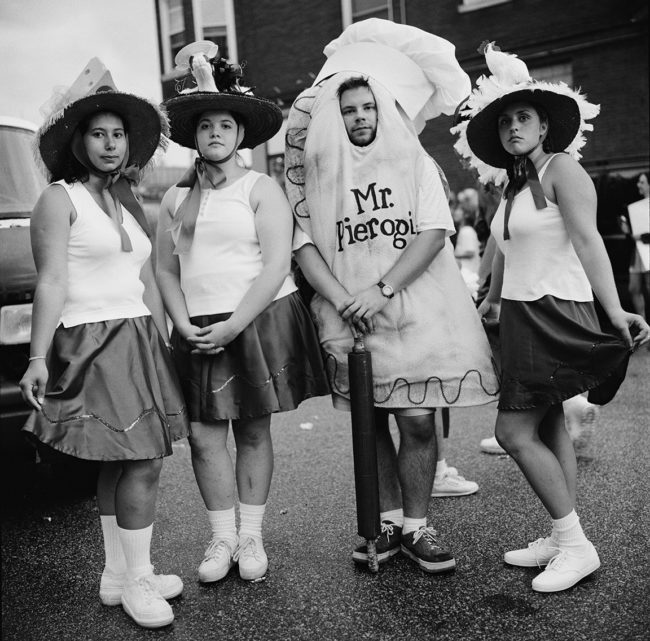


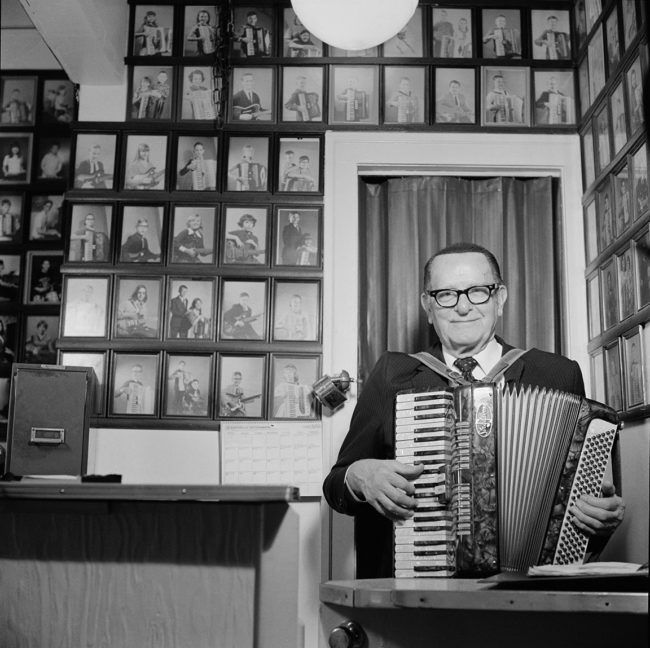
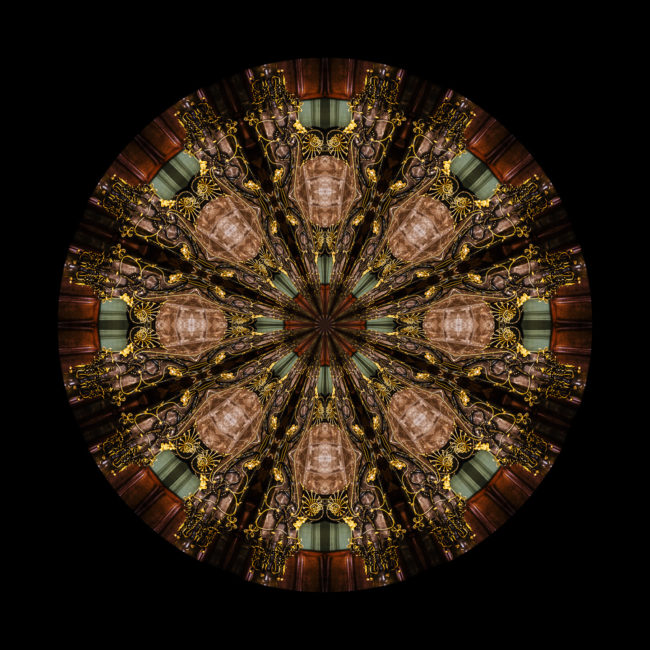
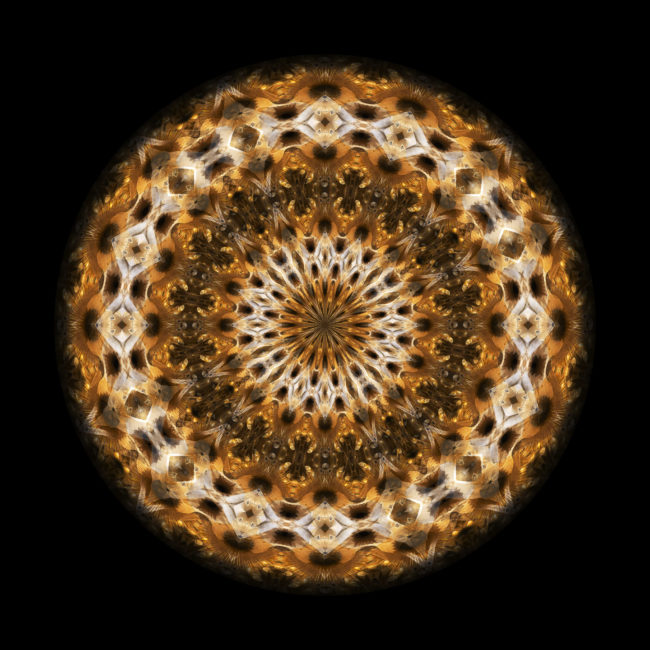





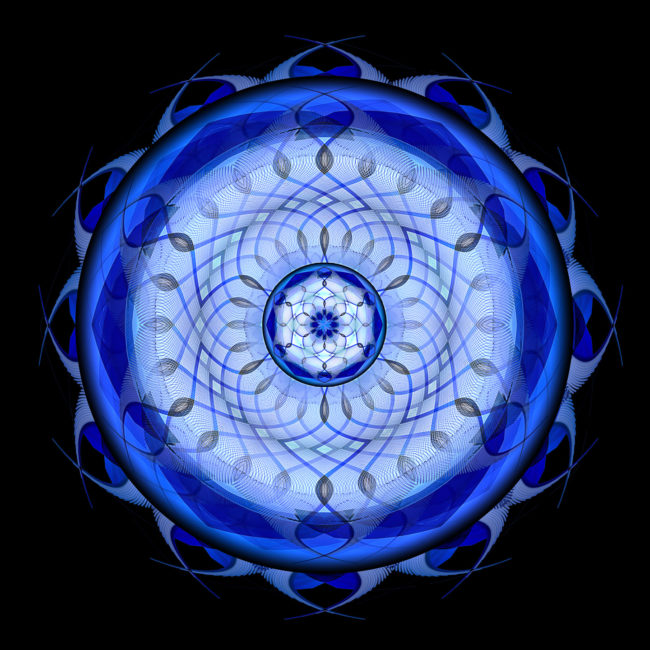

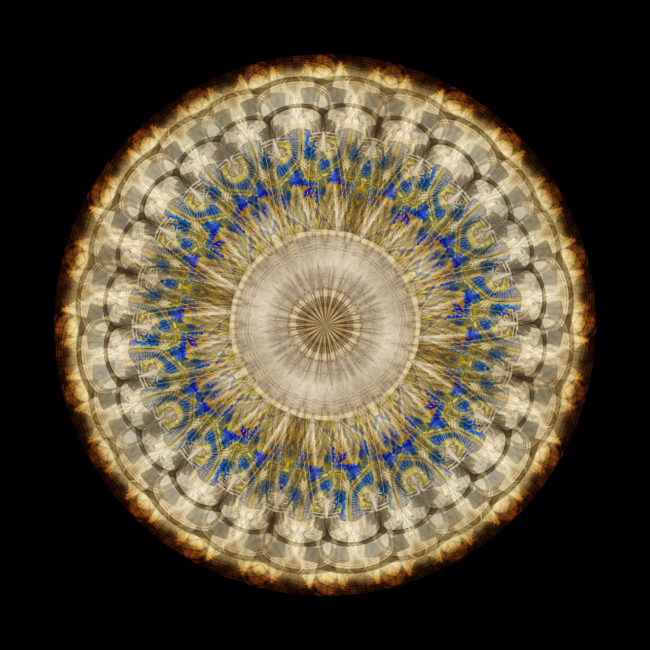

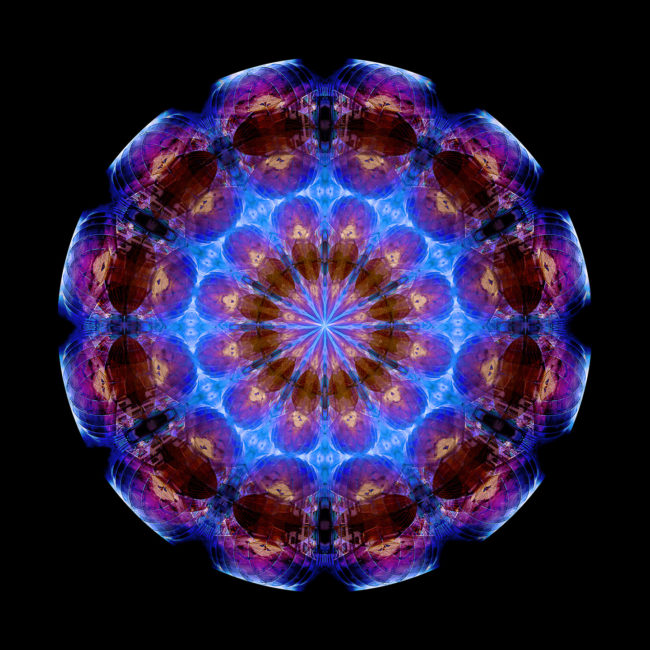
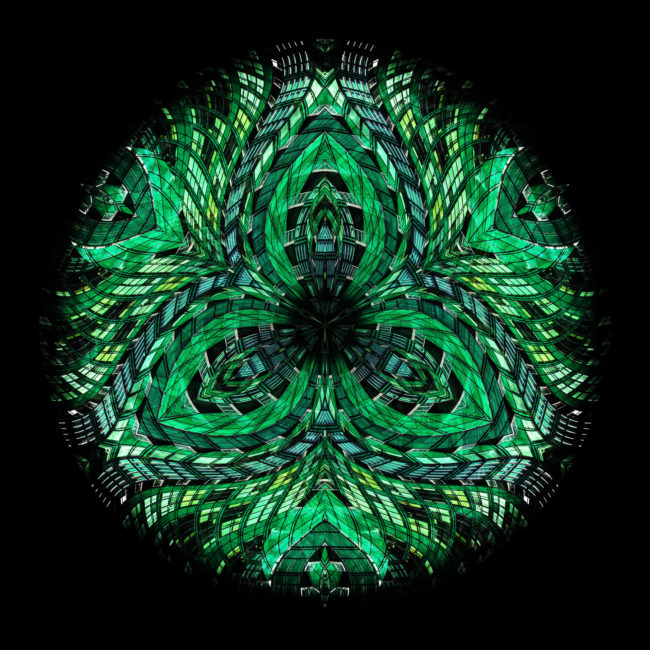
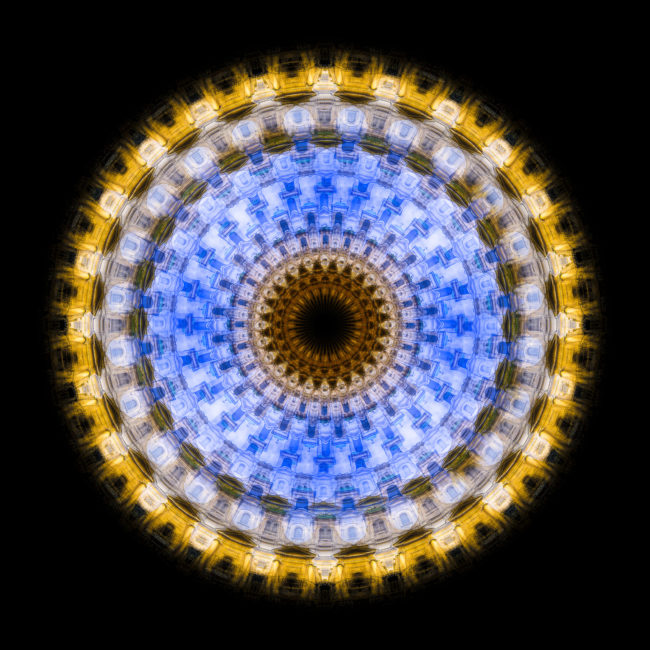
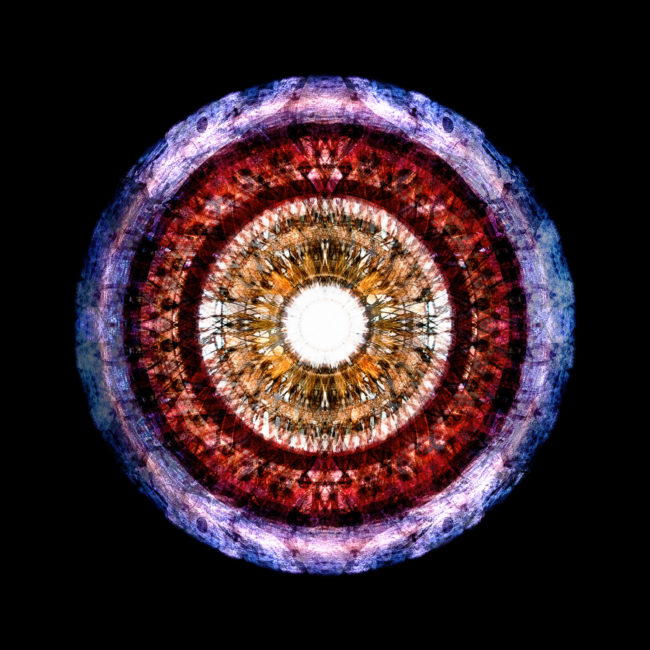
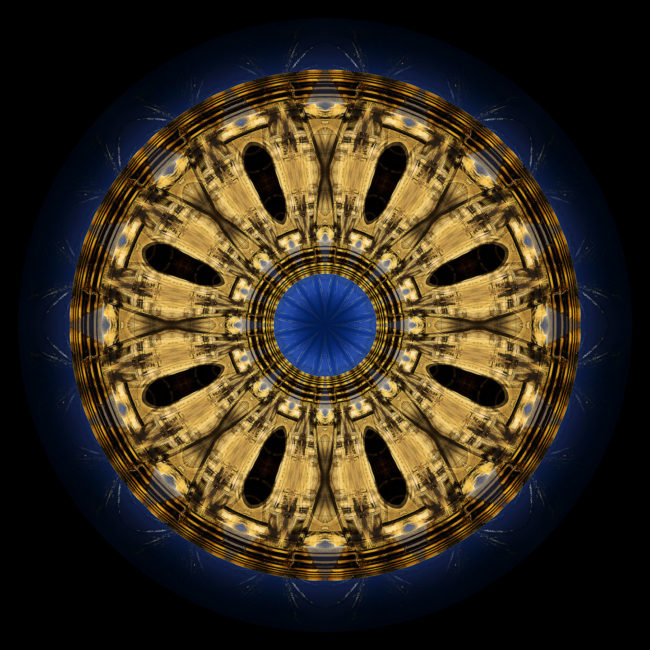
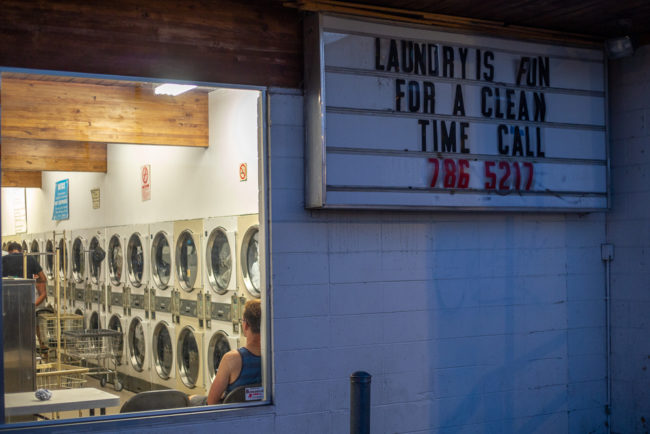
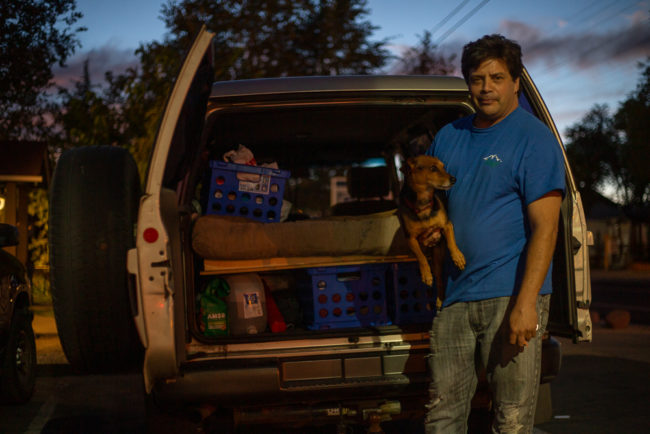
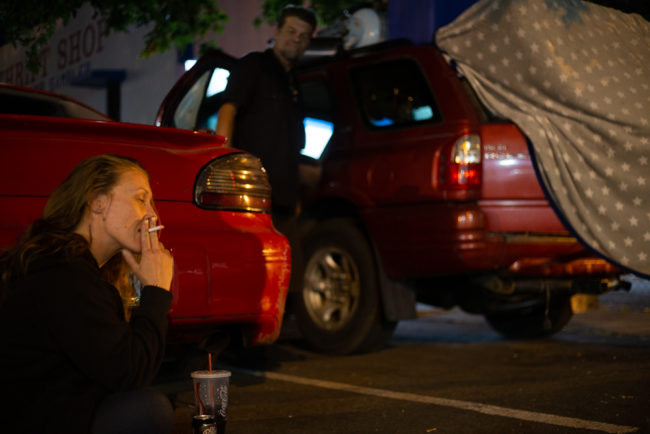
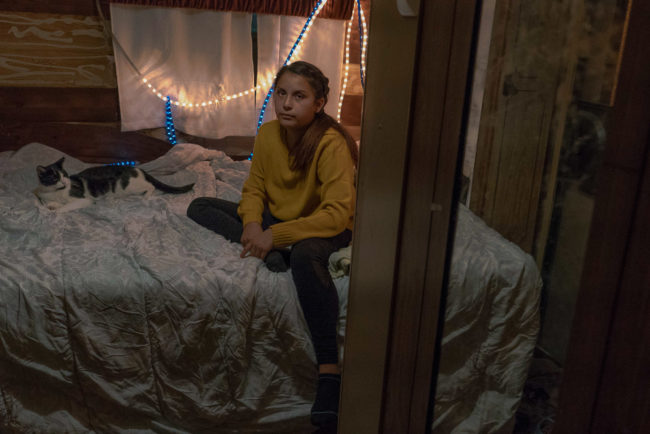
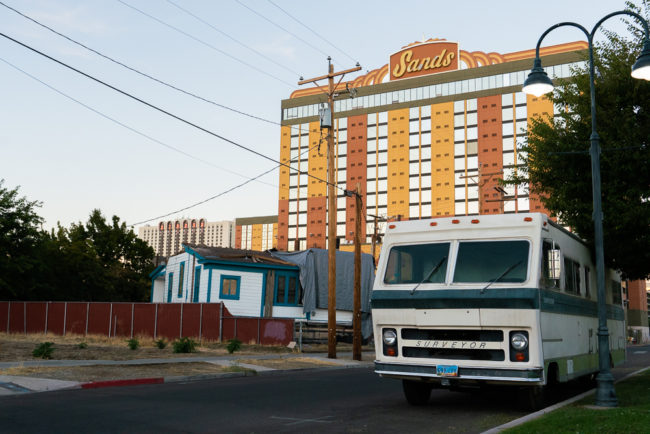


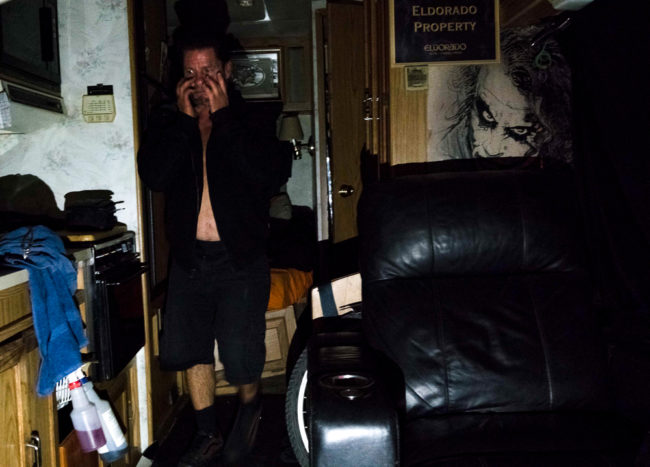
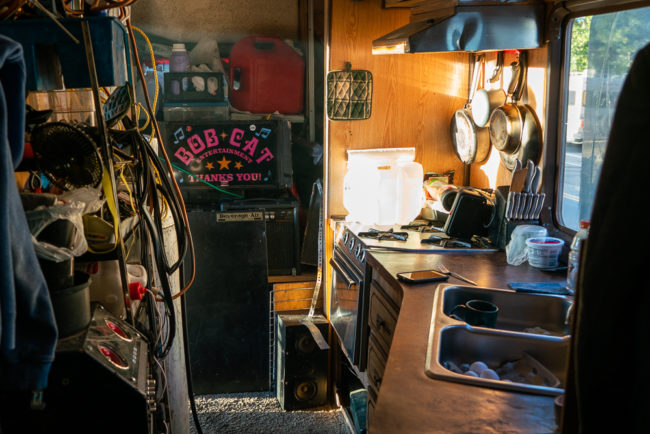
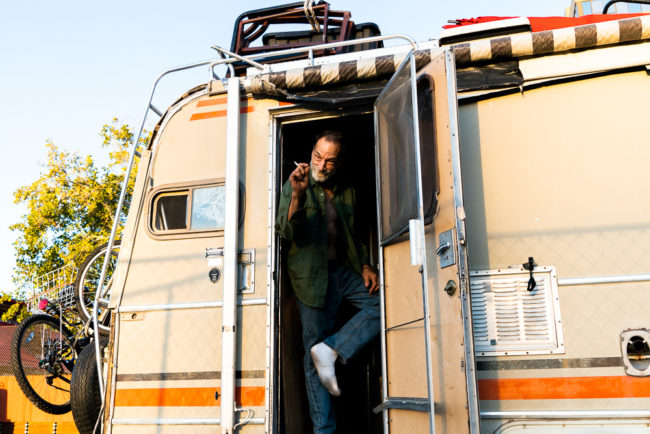

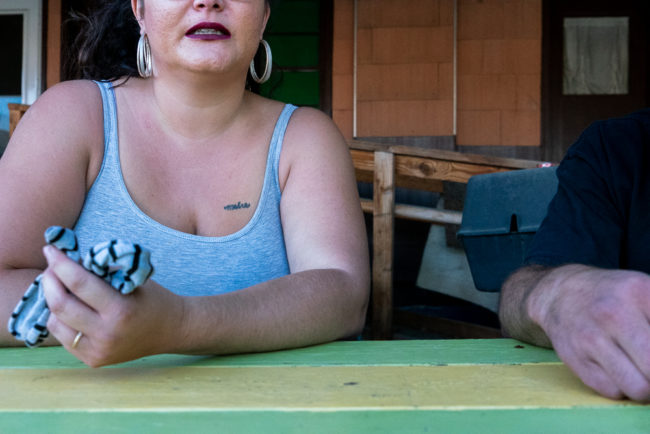



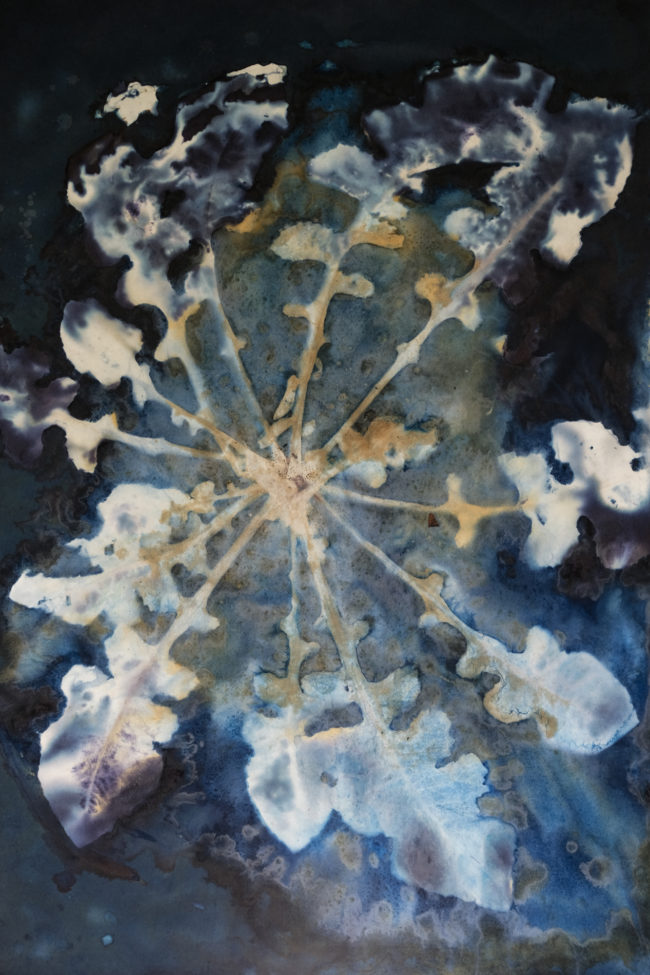


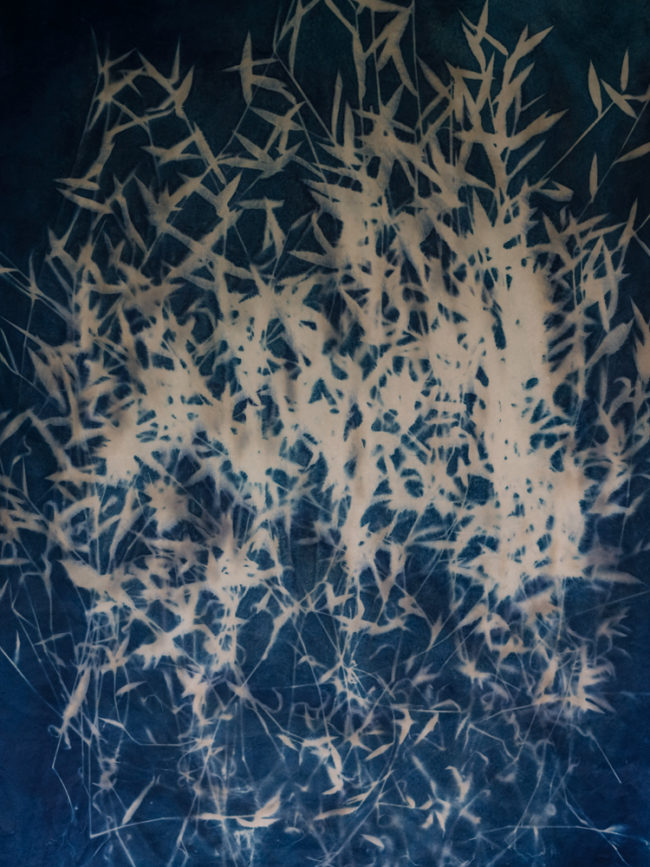
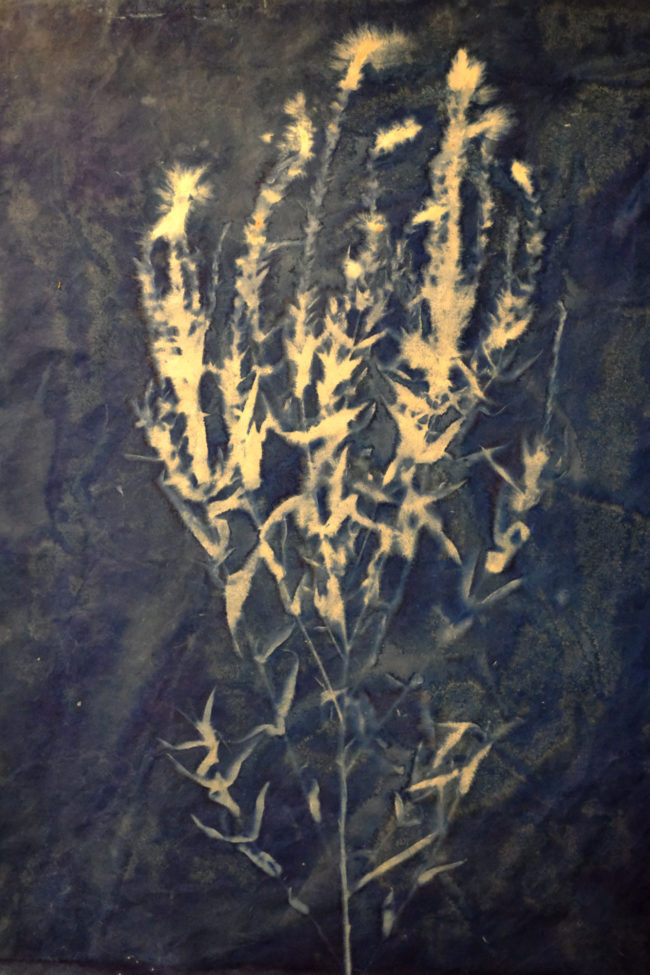
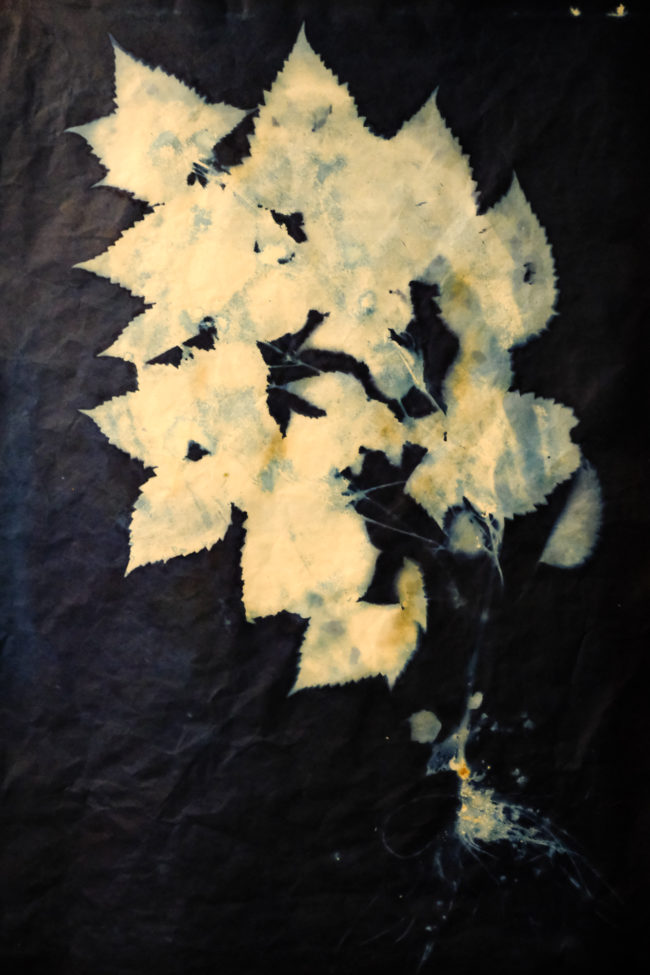
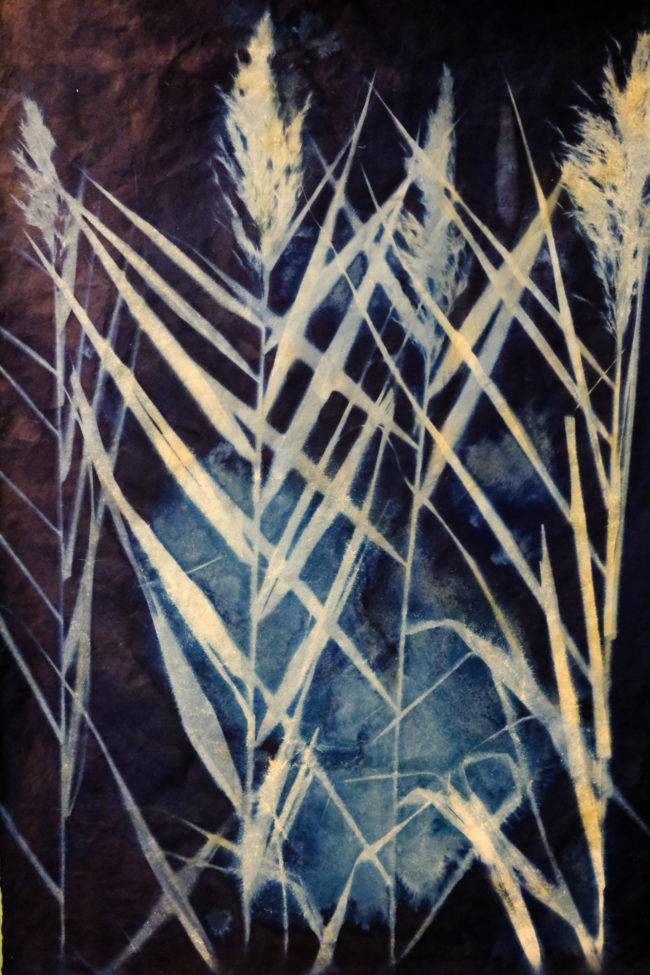
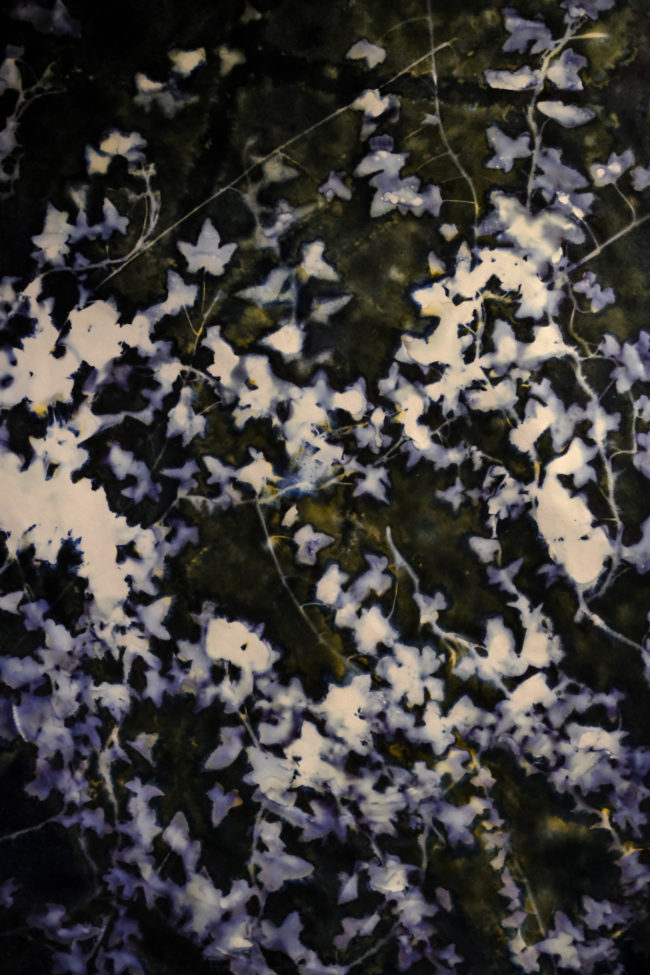


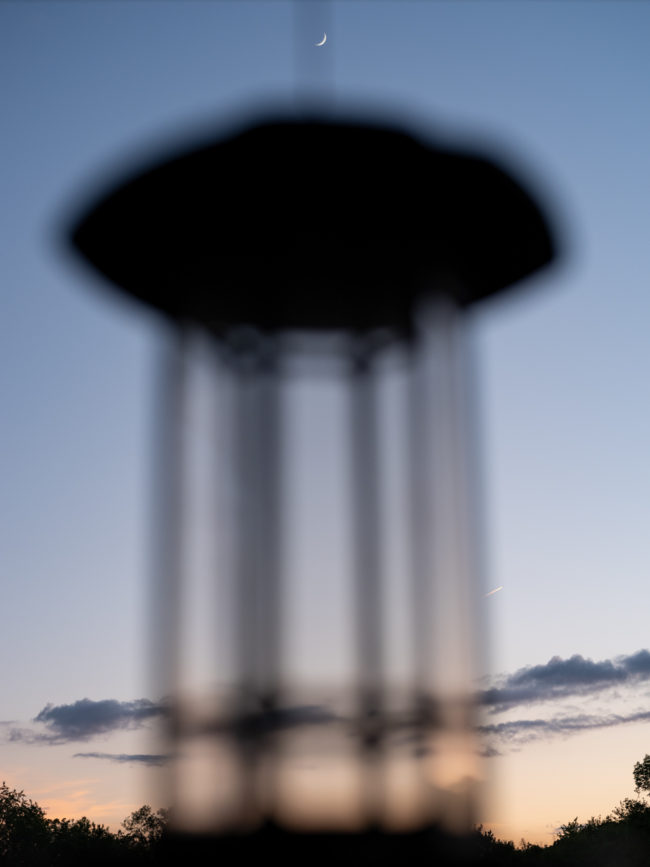
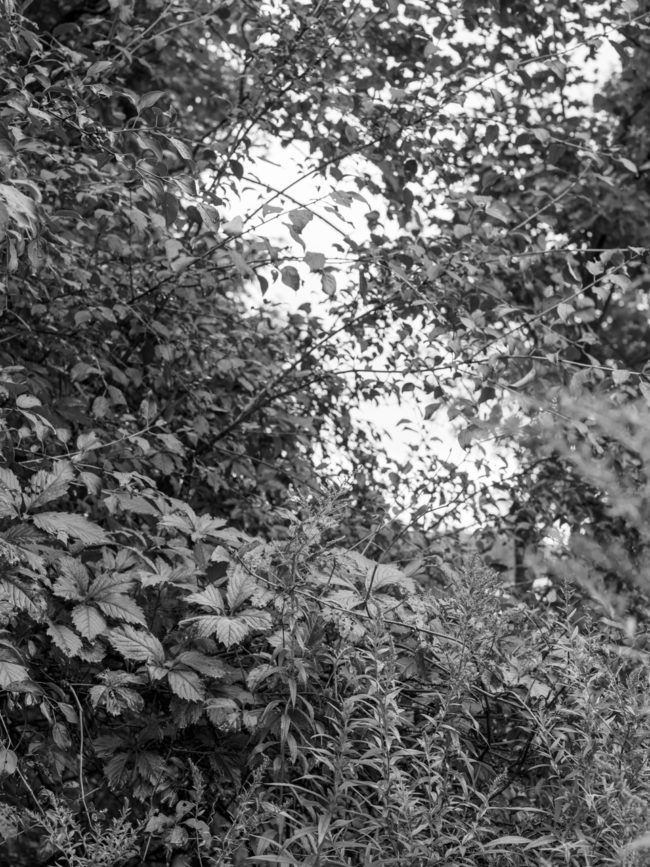

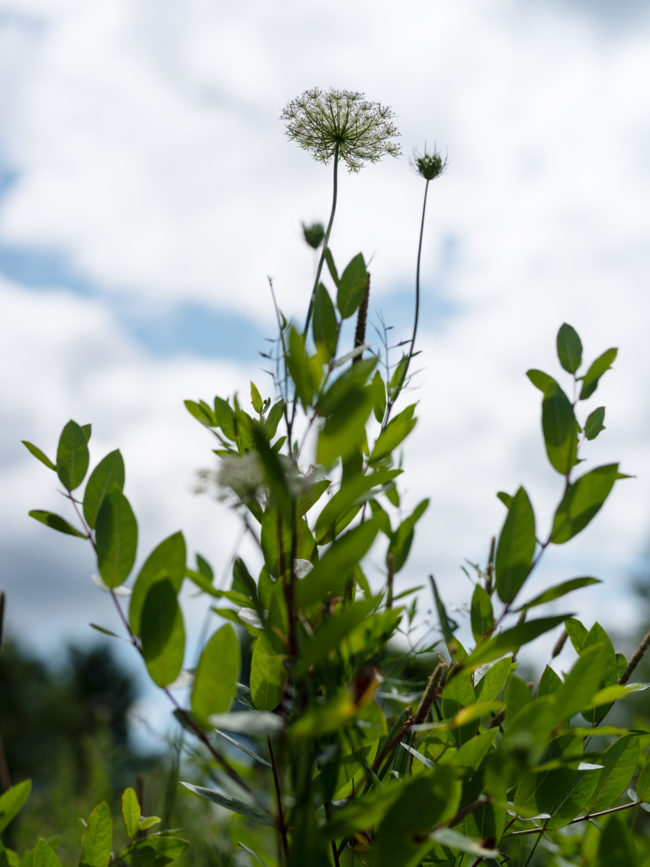
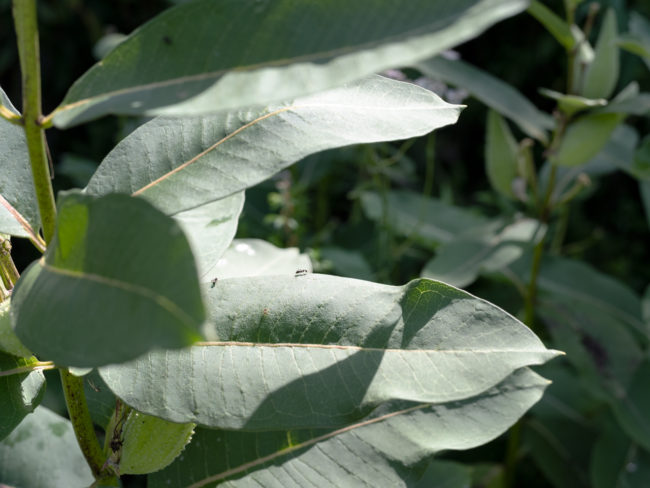
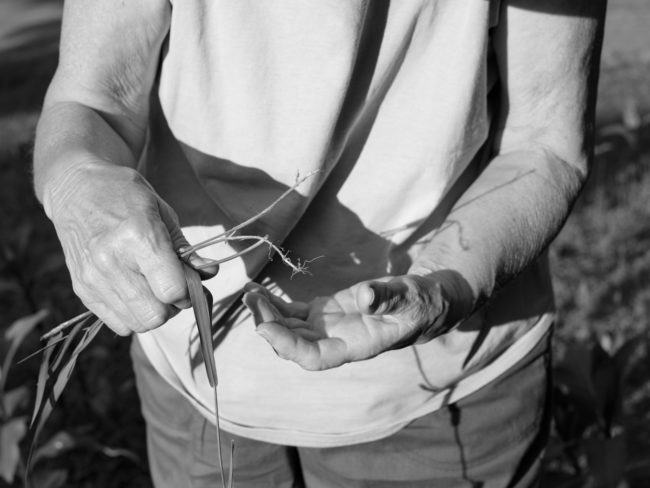
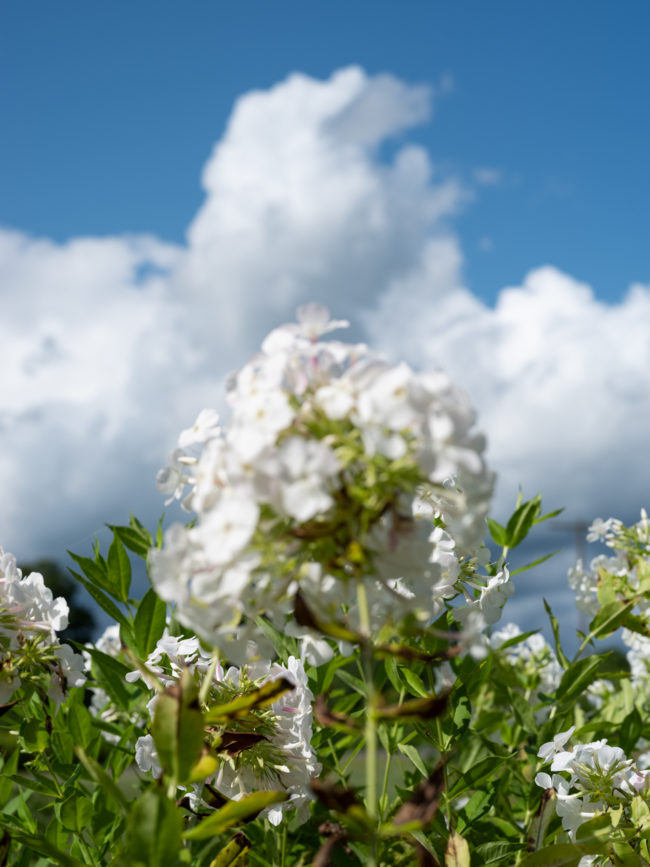



2 Comments
That second photo in Yvette Marie Dostatni’s series scared the Bejesus outta me- especially after falling all warm and fuzzy for the first portrait. Couldn’t let my guard down after that, no matter how friendly they seemed- kept waiting for the other shoe to drop… again.
Yvette Marie Dostatni’s first photograph – I had no idea William Burroughs got to be so lonely :P
(Sorry)
Comments are closed for this article!